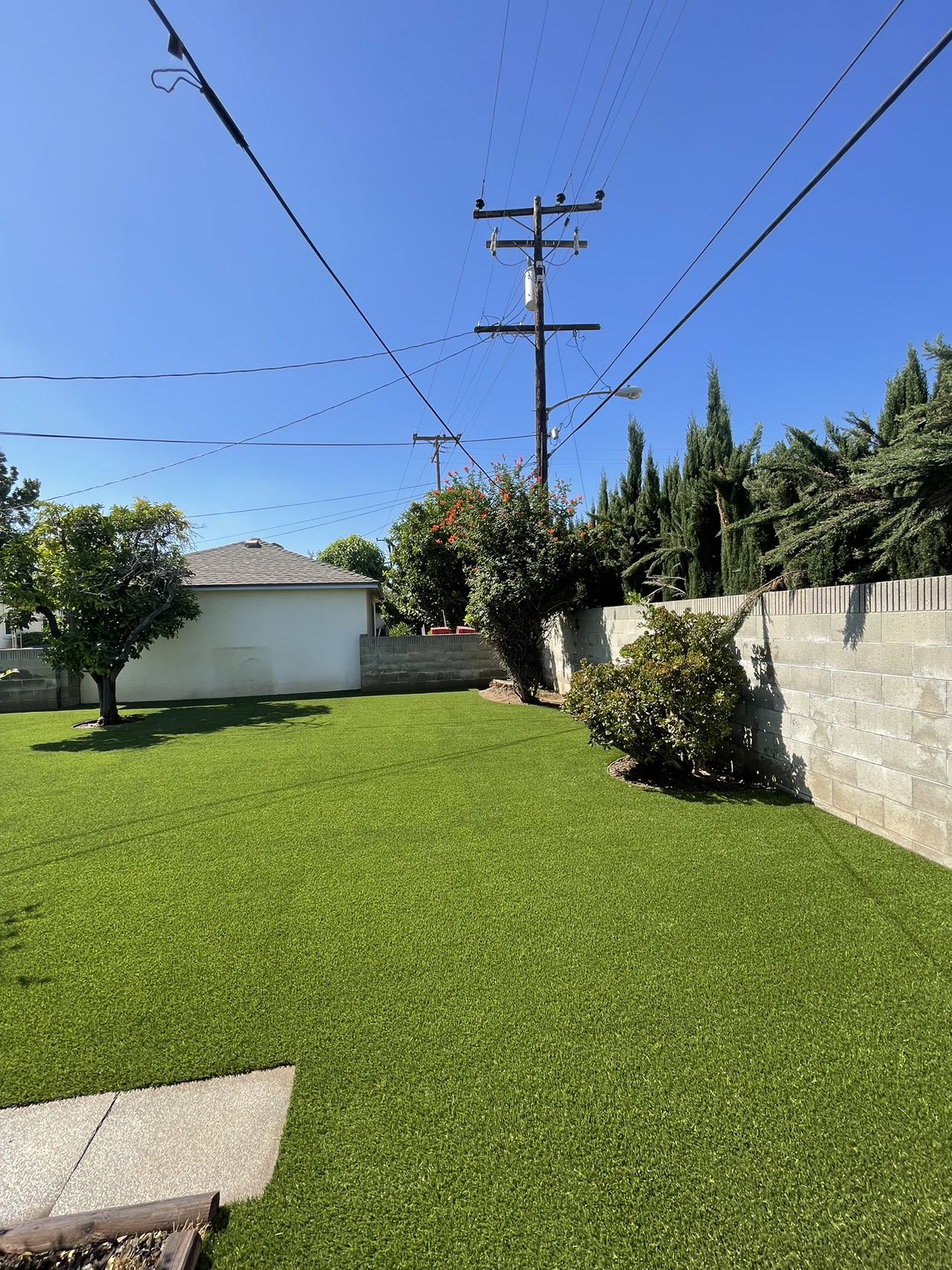How do you find the best possible artificial turf for your budget? The answer is simple: do your research! Below we’ve created a helpful cheat sheet that explains all the critical components of artificial grass technology. Reading will teach about must-have features, application-specific technology, and what to avoid. We also provide fun and interesting information on a surprisingly nuanced and sophisticated product!
Key Features of Artificial Grass
Artificial grass has two critical components — blades and backings. The blades create the idyllic, green landscapes we all know and love, while the backings hold everything together.
Blade Shape
There’s a lot more to artificial grass blades than meet the eye! A blade’s shape and material consistency affects how it looks, feels, and holds up to stress. Here are seven essential blade shapes that every prospective buyer should know about!
C blades are built to withstand the pressure of heavy foot traffic. They offer greater resiliency than most blade shapes, creating a tougher, longer-lasting product. Because this design reflects more light than other blade shapes, it’s best suited for backyard use.
V blades‘ unique shape keeps them standing tall in the toughest conditions! The singular, hard angle fold down the center of the blade creates a stiff spine, which prevents the blade from folding and matting under heavy foot traffic.
W/ Wave blades disperse heat to keep turf lawns up to 15 degrees cooler on hot days. Their folded design reflects more light than other blade shapes, creating a more comfortable, natural-looking lawn.
Ωmega blades’ cutting-edge design strikes the ideal balance between softness and durability. It performs well in heavy foot traffic, while closely mirroring the look and feel of natural grass.
Diamond blades‘ silky smooth texture gently hugs feet, while its natural green aesthetic accurately recreates the look of living grass. Diamond blades are recommended for areas with low to medium foot traffic.
Flat blades are ideal for low-traffic areas! They offer a realistic look and soft-to-the-touch feel, but are not as durable as other blade shapes. Flat blades work nicely when mixed with W and Ω shaped blades to create a balanced blend of blade designs.
